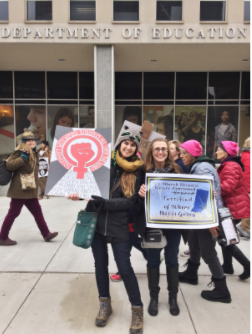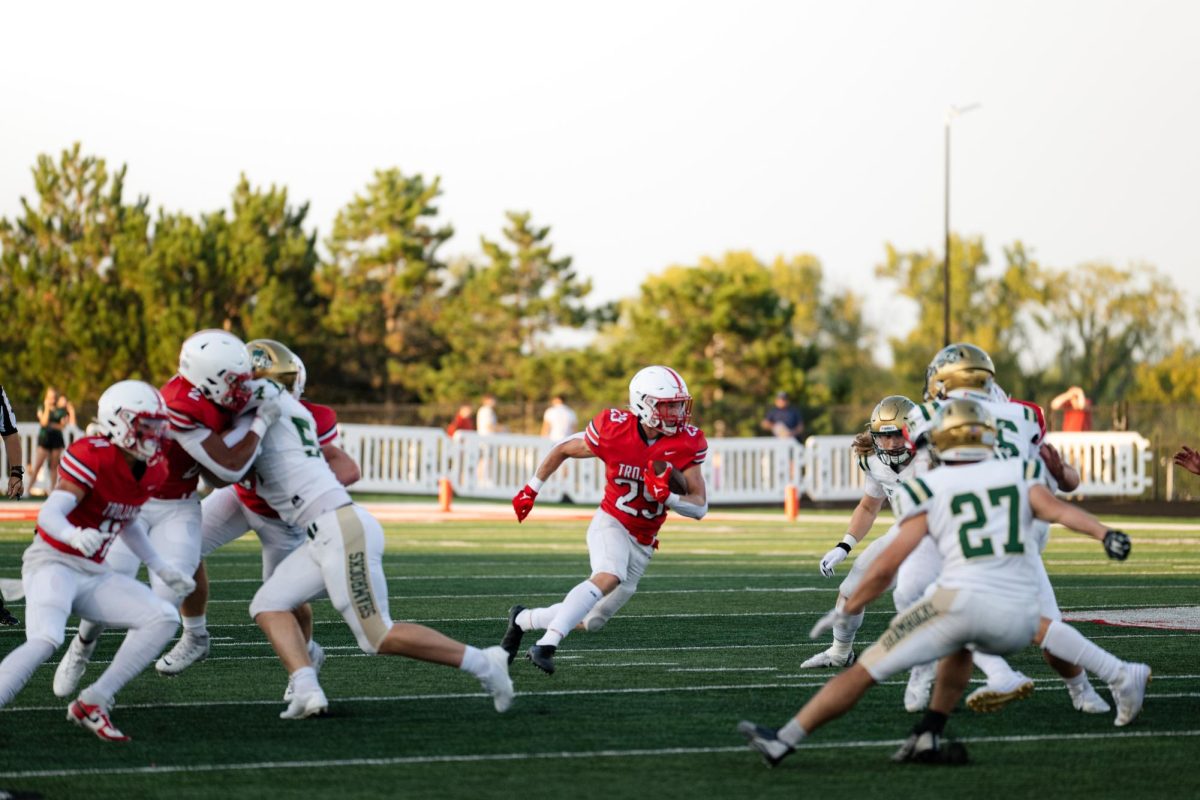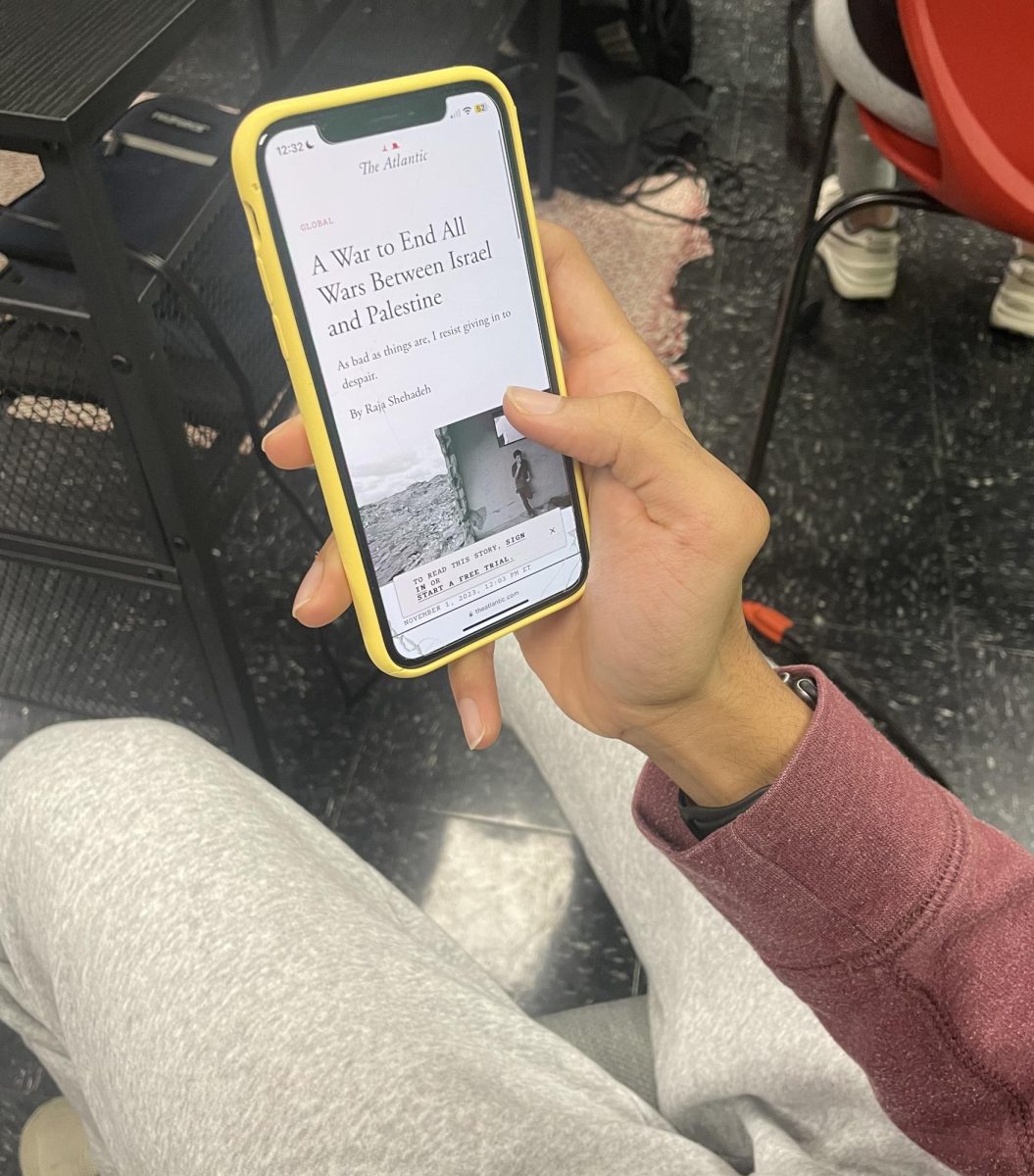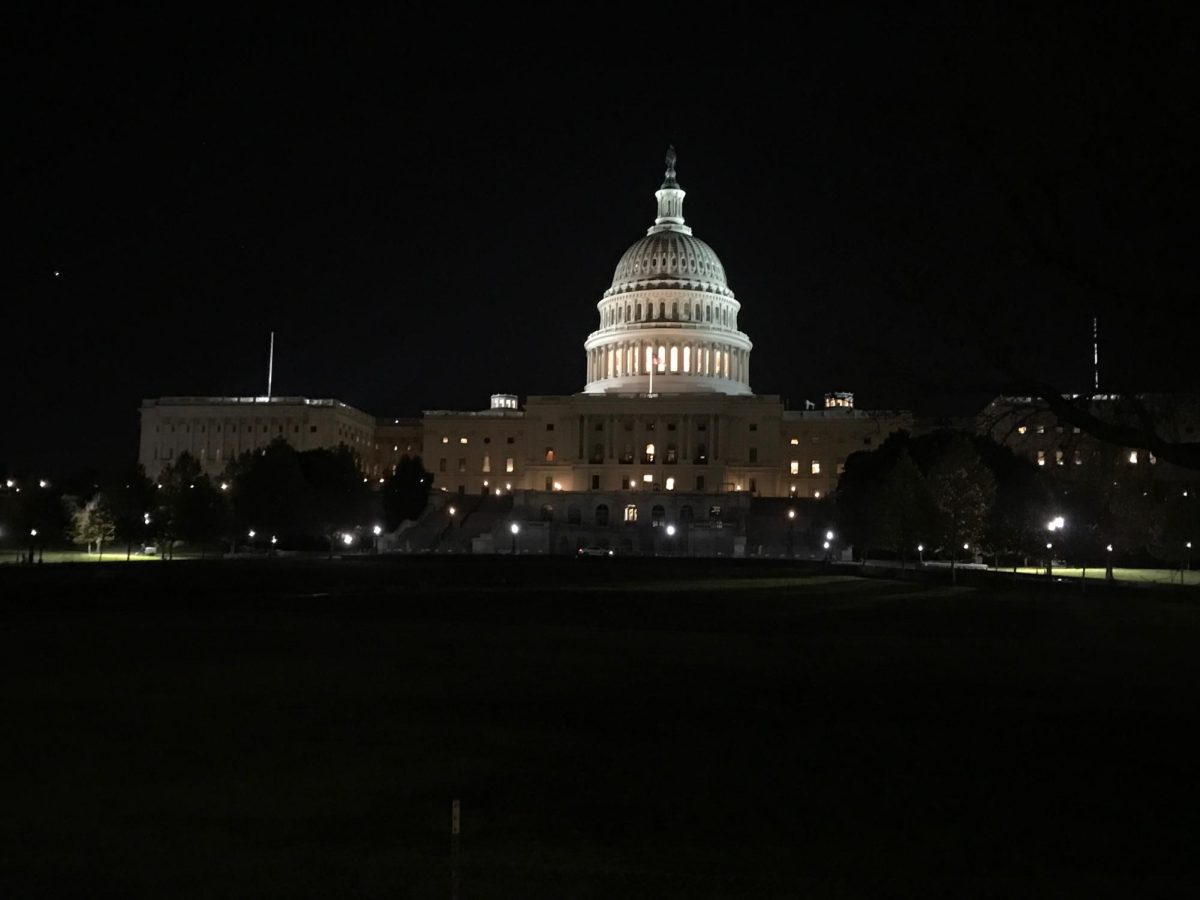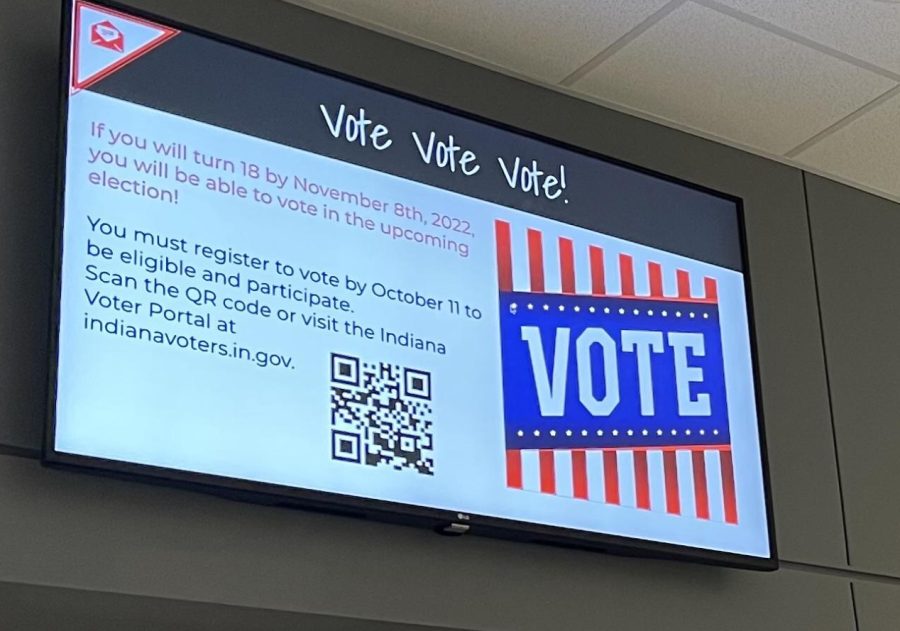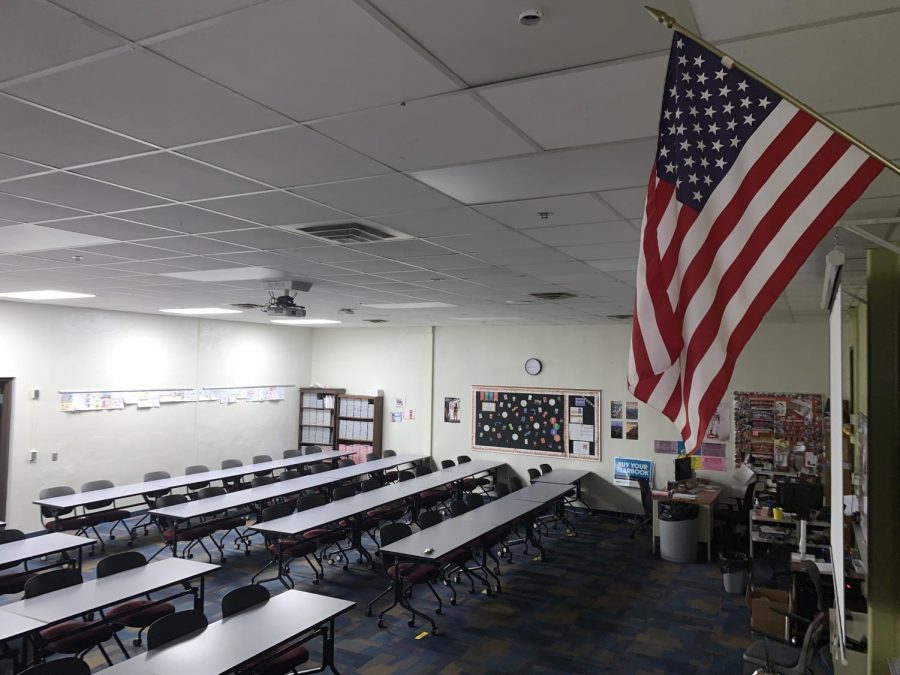Written by Abi Ghiridharan
Pictures courtesy of Jackie Fowler and Maddie Weeks
On Friday, Jan. 20, 2017, the 45th President of the United States, Donald Trump, was sworn into office. As the Obamas stepped into the helicopter and flew off into the distance, some Americans expressed sorrow and were consumed with anxiety regarding the current president’s promotion of divisiveness and bigotry. However, the next day, millions of men and women across the nation came together for the 2017 Women’s March.
Several teachers travelled to Washington D.C. to participate in the march. Many flew out and then rode crowded subways to be present at such a historic event.
“The whole day was just beautiful. All the different people coming together from 90-year-old women all the way to people bringing their children; and all colors and religions and beliefs were there, and that was beautiful,” art teacher Jackie Fowler said. “Everyone was so kind. You could strike up a conversation with anyone, like when we were riding the Metro in[to city].”

Over 600 marches were organized across the nation, making the event the largest march in the country’s history. One of the numerous sister marches took place in Indianapolis and several students and teachers were in attendance.
“I have always had strong women in my life so I think it’s necessary to keep that going. If they’re socially disenfranchised, that’s a problem,” Jackson Simmons ‘18 said.
Many students and teachers have had a passion for women’s rights that has been embedded in them for quite a while. Even aside from marches and protests, the idea of gender equality have been incorporated into other elements of their lives.
“It was a lot of fun because everyone was super nice and loving and it was definitely crowded. There was a ton of people there but even when areas started to get more crowded, everyone was really kind and helpful to one another so it was really cool to be there,” art teacher Kadi Miller said. “I’ve been interested in women’s issues for a really long time and I make a lot of art about women’s issues so it’s something that I’m passionate about and I just wanted to support that.”
Women across the nation marched in support of a variety of issues including the wage gap, Planned Parenthood, reproductive rights, opposition to slut-shaming and victim-blaming, LGBTQIA rights, immigrant rights, disability rights, ending violence against women and many more issues.

“I didn’t go to the march just for women’s rights. It went from being just about women’s rights and then snowballed into bringing other things to the forefront, so I went just because I believe in some of the other initiatives that the women’s march was pushing for,” Fowler said. “I believe that we should treat the earth a little better and that we should be more responsible with that. I just believe in the rights of all people. We’re all the same, so that goes for immigration and LGBTQ+ issues.”
Women across the nation joined hands, chanted together, laughed together, cried together and protested peacefully together. As women joined hands and united as a community for the cause, many shared personal stories of inequality and injustice. Individuals were brought together through their countless experiences of prejudice and discrimination.
“I’ve reflected on what would cause me to want to go and endure the bus rides. I do have two younger daughters. My 8-year-old especially has heard Trump speak, and she’s concerned about this, and I wanted to show her that I could go and be a part of this for her,” Fowler said. “That’s one of the main reason I went; for my girls and for my students. As I was listening to a lot of speakers they all said don’t be afraid because he is one man and he can’t change everything on his own.”

With the recent events in American politics, civil liberties that are traditionally protected have been thrown into doubt as people become uncertain about the radical policy changes being proposed by the current administration.
“I think with him wanting to defund Planned Parenthood, that’s going to deny a lot of women basic health care that they rely on and need,” senior Cory Harden said. “I think that the ‘Good Morning America’ tapes that leaked with him in the bus has made it acceptable for women to be viewed as just sexual objects not actual people.”
Many protests like the Women’s March and the upcoming Science March are founded on the concerns of those who feel unrepresented by the current administration, including those who merely differ in opinion and those who couldn’t even vote. Despite being politically engaged, many young people feel their voices are going unheard
“The adults who are legally allowed to vote have decided our future for us. It is kind of terrifying, because that just leads to so many more problems we have

to fix,” Mia Mulinero ‘20 said.
Despite the political uncertainty, hope still remains alive in the heart of individuals. With protests, such as the Women’s March, the march against the Dakota Access Pipeline, Black Lives Matter marches, and many more, people are still given the opportunity to be politically active and freely voice their concerns. Although a portion of the people from Center Grove High School were not able to vote in the election, they were still able to make an impact on the political system.
“I do believe that our voice will eventually be heard especially because based on the people who can vote we still have around 3 million more people, like us, who weren’t able to vote in this election but can vote in the next election. They’ll be an overwhelming majority.” Harden said.
Regardless of political opinions and ideology, the march demonstrated that anyone could take a stand and voice concerns about the society that they live in. Even with several issues polarized into competing ideologies, a sense of community and harmony was present in these protests. It signified the power of all citizens to remain active and passionate when it comes to government and politics.


